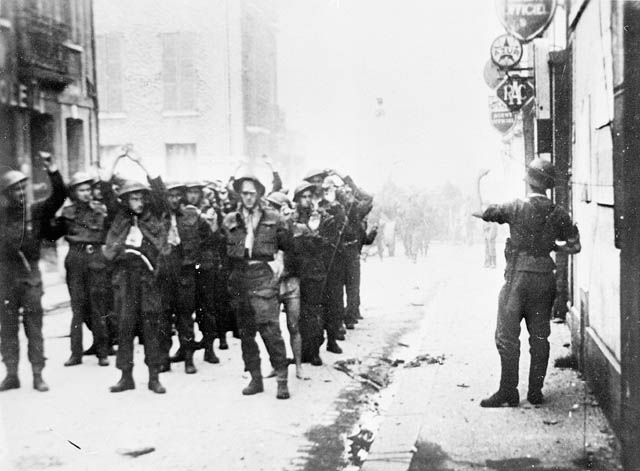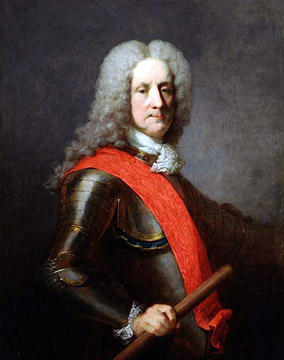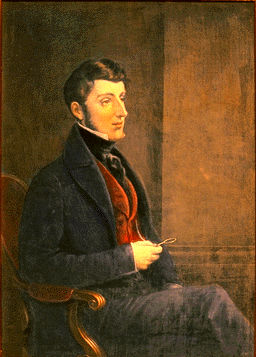Article
Si’k-okskitsis
Si'k-okskitsis (known by various other names including Black Wood Ashes, Charcoal, The Palate, Paka’panikapi, Lazy Young Man and Opee-o’wun), Kainai warrior, spiritual leader (born circa 1856 in present-day southern AB; died 16 Mar 1897 in Fort Macleod, AB). Si'k-okskitsis was involved in a domestic dispute that ended in murder. He fled but was eventually caught by police, tried and hanged. The story of Si’k-okskitsis’s life speaks to larger themes of relations between Indigenous peoples and settlers, the settlement of the West, and changes to traditional ways of life on the plains.









